Replacing lawn with native plants is an important way to take action against biodiversity loss and spread the word about the value of nature. Here are some tips to get your neighbourhood and municipality on board.
North Americans have a long history of prizing freshly mown lawns framed with white picket fences. However, in recent years, some people have (rightly!) come to see these monocultures of grass as missed opportunities to house and feed local wildlife, conserve water, reduce pesticide use and help restore native ecosystems.
But while native shrubs and trees, wildflowers and pollinator gardens may not seem controversial, many property owners have learned the hard way how much – and what kind of – attention their well-intentioned gardening can bring them.
In Canada, for instance, some green-thumbed rewilders have been hit with complaints and violation notices from bylaw officers about their efforts to renaturalize their lawns and yards. One homeowner in London, Ont., for example, returned from a weekend away to find that her 19-year-old pollinator garden had been destroyed by municipal workers with zero notice. As icing on the cake, she was served a hefty bill to cover administrative costs, plus a ticket for the bylaw violation.
Farther to the east in Smith Falls, Ont., one couple were visited by local bylaw officers up to 10 times over the course of a year, and finally served a Property Standards Order to "tidy their lawn" – an order that was only rescinded after a lengthy battle in and out of council bylaw meetings with the help of legal support.
Based on these examples, it might be tempting to forgo a naturalization effort altogether just to make your life easier. But there are really good reasons to put the effort in to rewild every patch of ground you can. And in Canada, at least, if you want to turn your grassy lawn into a meadow of asters and milkweeds to feed the bees and butterflies, you have every legal right and moral obligation to forge ahead with your plan.
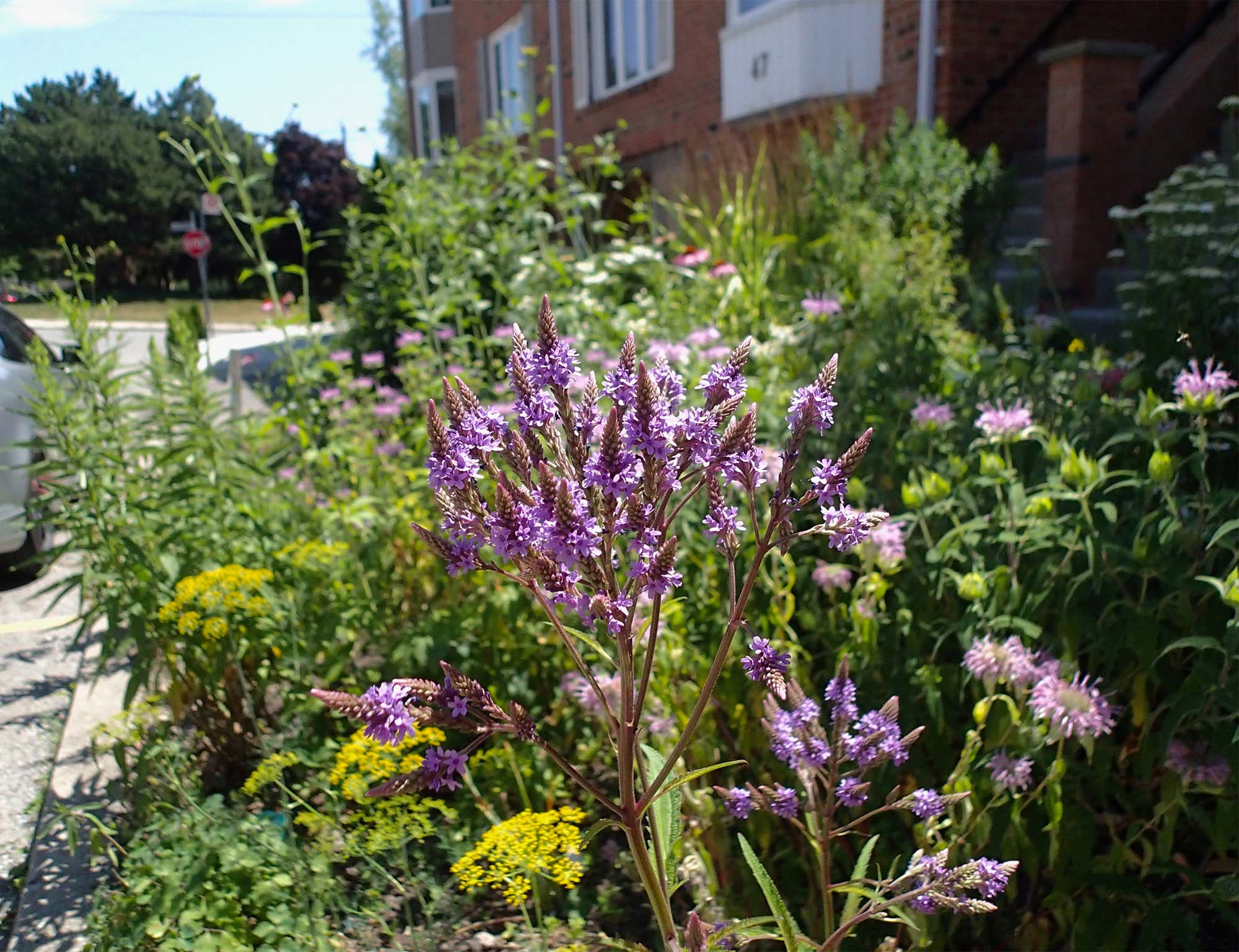
Know you’re doing the right thing
Professor Nina-Marie Lister is director of the Ecological Design Lab at Toronto Metropolitan University. On top of her work consulting with municipalities about their biodiversity strategies, she has also been a target of notices of violation and neighbourhood complaints due to her own naturalized yard. She has first-hand experience of how isolating and demoralizing the experience of being served a violation notice can be.
“Gardening is an act of love and care,” she says. “Property owners feel everything from shame to slighted to rage to profound disappointment and even grief on finding that their gardening efforts are either underappreciated or perhaps even vilified by the neighbourhood [or] posited as illegal. So the emotional challenges are significant.”
However, as an expert in the field, she is also keenly aware of how unjustly some property owners have been treated for the simple act of gardening. Naturalizing your property is a completely legal act in Canada, and one that offers a lot of benefits to local wildlife, birds and insects. Not only that, it supports many municipalities’ biodiversity strategies, too. And while some homeowners have received violation notices for their gardens, many others have continued to grow healthy, thriving naturalized gardens without issue.
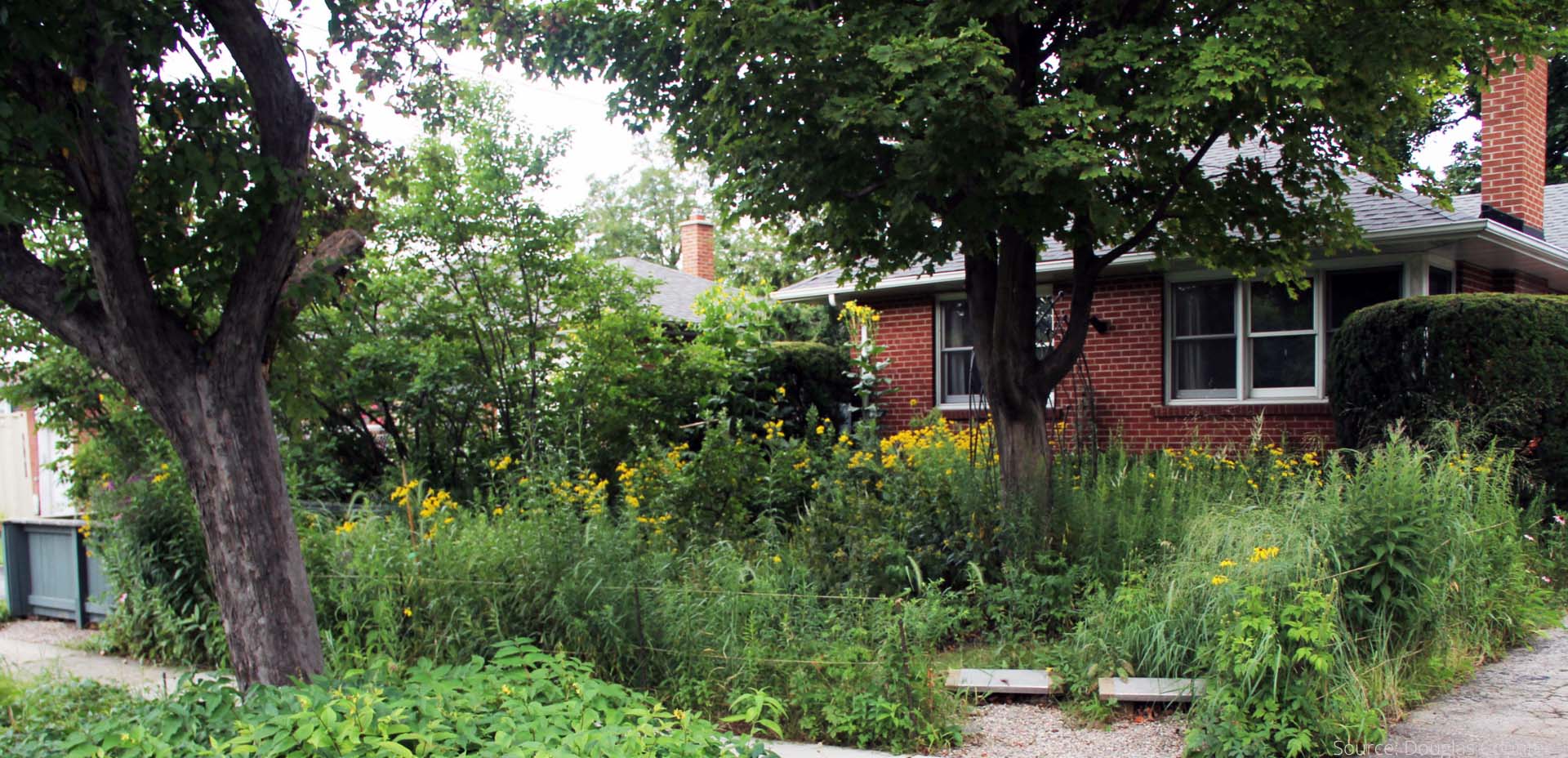
Talk to your neighbours
In the overwhelming majority of cases where bylaw officers show up at a property owner’s home about their garden or green space (including the ones mentioned above), it’s because a neighbour has complained. That’s why the first step to renaturalizing your space is to invite dialogue with your community.
“The most important thing you can do is talk to your neighbours about what you're doing,” says Lister. “Share the love of your garden, share the love of other species and getting close to nature, watching the birds, hearing the crickets. Talk about it with people.”
You might want to consider putting up a sign, whether it’s handmade or as part of a local biodiversity initiative like Toronto’s Project Swallowtail.
If neighbours know what you’re doing with your space and what to expect, they’ll likely be hard-pressed to find an issue with it – even if it runs counter to their desire for a perfectly mowed and clipped turfgrass lawn.
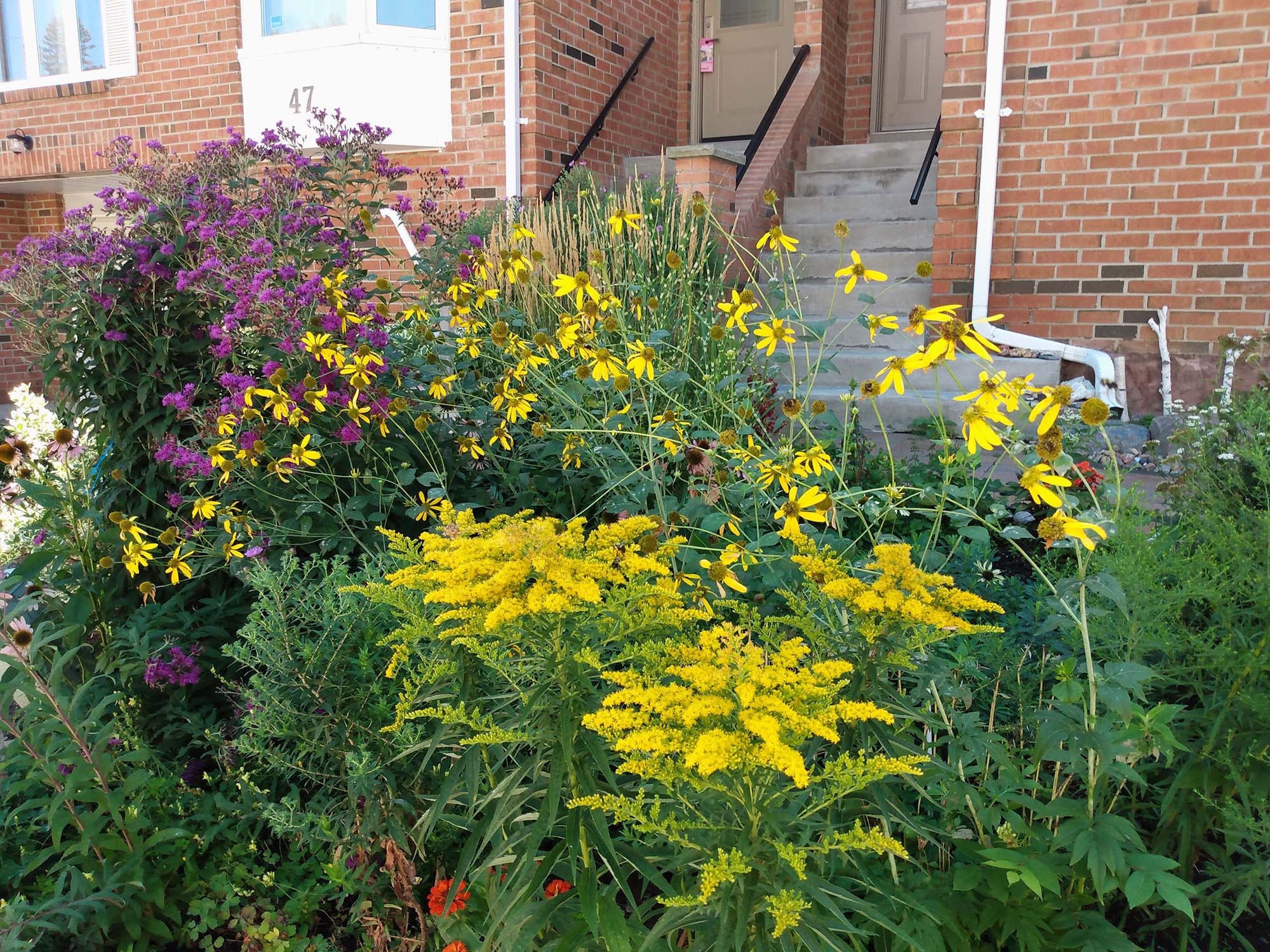
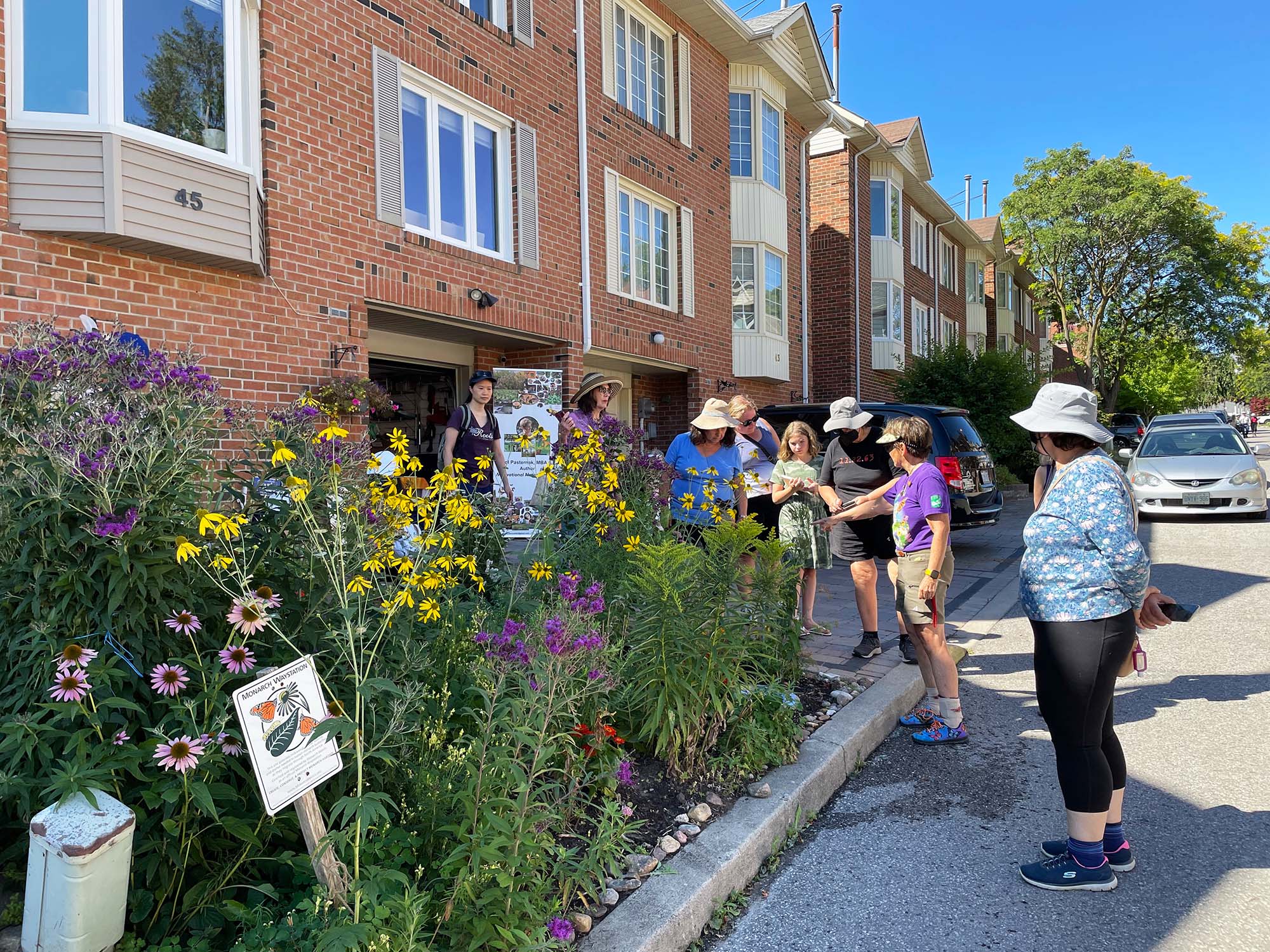
Know what you’re growing
Not every plant is the same. Some are legitimately toxic and harmful to surrounding wildlife, to humans and to the ecosystem. That’s why it’s important to make sure everything you’re growing is above board and there because you want it to be there, not just because you let the weeds grow.
“As long as you’re not growing anything that causes harm – it’s an invasive species or poisonous or toxic on touch – you should be fine,” Lister says. “You shouldn’t have to defend it to anyone.”
Your municipality or region likely has a list of species that are strictly plantae non gratae. In Canada, for example, these may include poison ivy, ragweed or giant hogweed. Gardeners can look for a list of these forbidden weeds through their region’s agricultural department. For example, here’s a list for Ontario.
However, when it comes to actually defending your thoughtfully nurtured garden, things can get a bit more complicated. Often, in municipal codes, perfectly safe plant species are lumped in with their noxious relatives for no good reason. And that’s why it helps to know what questions to ask when confronted.
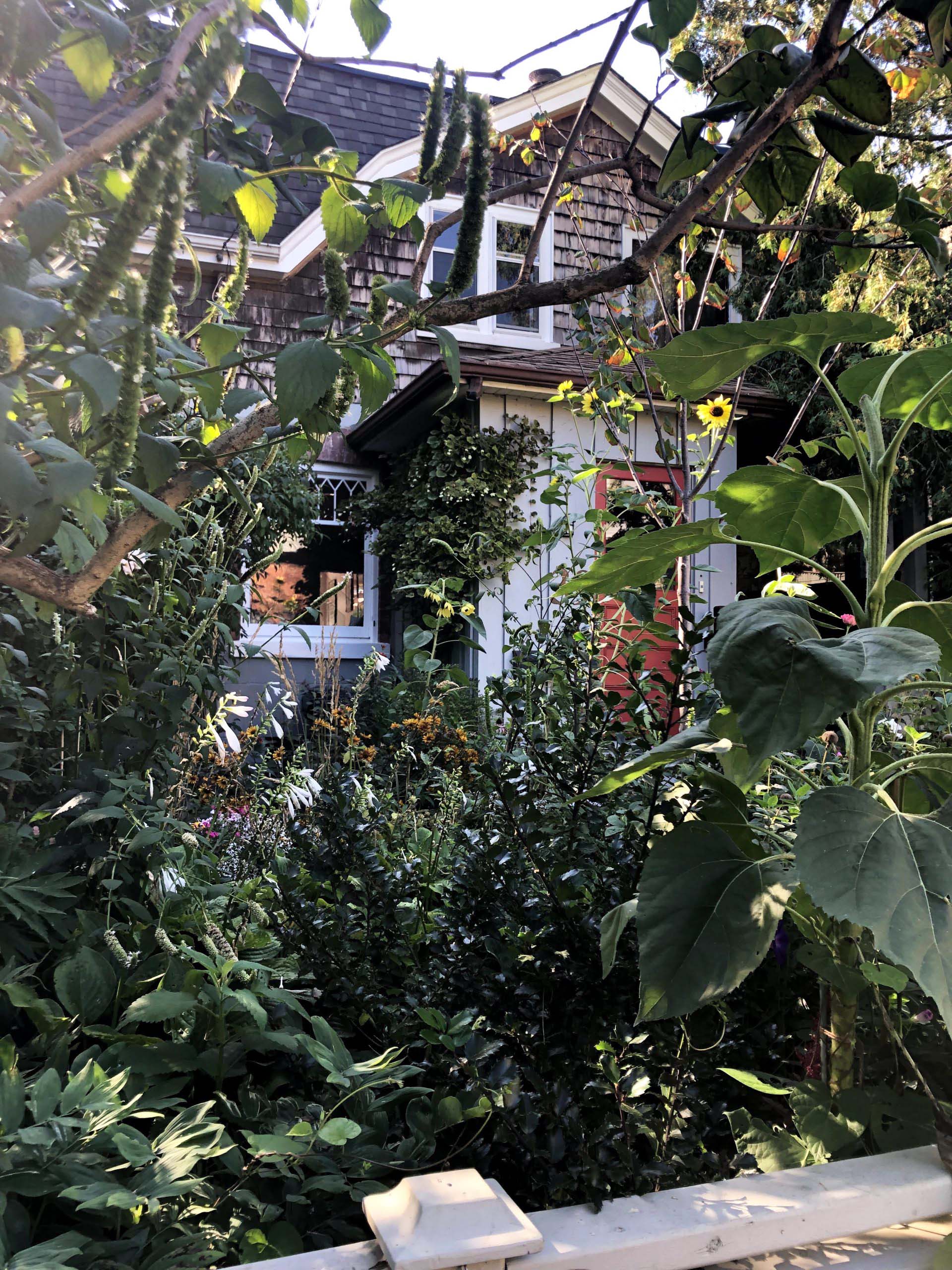
If complaints come, get the details
While landscape standards codes can vary between municipalities, they often rely on vague and aesthetics-based terms to describe potential violations.
“Ask about the nature of the complaint,” suggests Lister. “If it’s ‘your lawn is too messy’ or ‘too much debris,’ or 'too many weeds,’ each of those is a subjective statement that has no qualifier. It has no basis for defence in court.”
For example, in many municipal codes, terms like “weeds” and “long grasses” generally come with height restrictions (often of around 8 inches, or 20 centimetres) to describe the types of plants they deem off-bounds.
But even these height restrictions are highly subjective when it comes to interpretation. When Lister was handed her own notice of violation, one question that lingered in her mind was, “Why me?” She was growing long grasses; her neighbours had sunflowers.
“Why did I get a notice of violation when my neighbours down the street didn’t?” she asks.
If you’re not given a sufficient answer to your questions, this might be a perfect teaching opportunity.
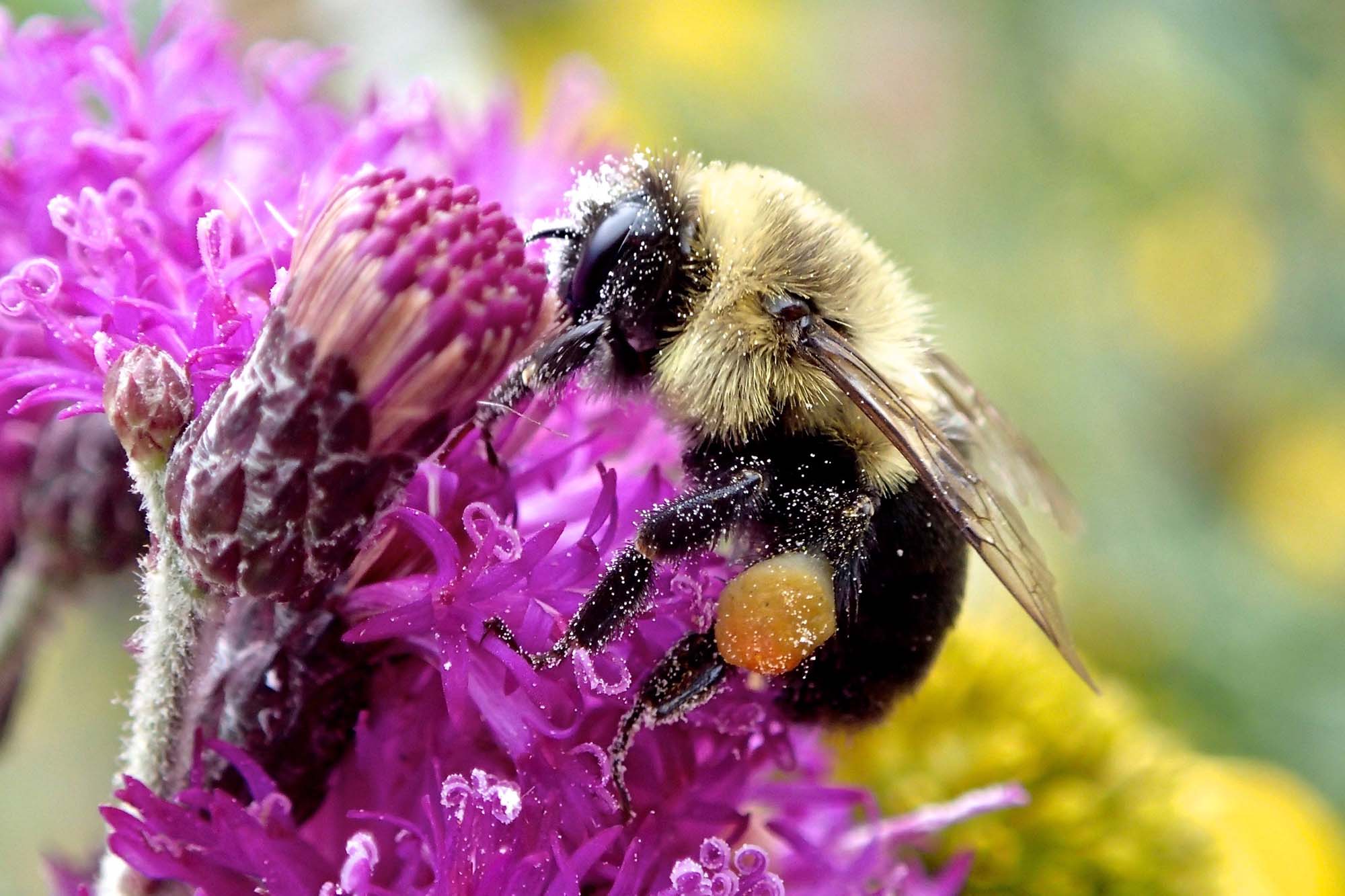
A garden is a chance to educate
Bylaw officers usually aren’t experts in botany nor in environmental rights. They're likely just sussing out one complaint on their long to-do list. In this type of situation, Lister encourages property owners to remind themselves and the enforcement officer of their rights.
Under the Canadian Charter of Rights and Freedoms, naturalized gardens qualify as an expression of personal environmental beliefs and values (Bell vs. City of Toronto, 1996). Oftentimes, municipalities also have their own biodiversity strategy, which gardens and naturalized lawns can help support. If you’re challenged by a bylaw officer, it’s worth bringing up these two facts, ideally in an email directly to the supervisor of the unit in charge of local enforcement.
“Homeowners can say, all I’m doing is following the biodiversity strategy,” says Lister. “This is a garden that reflects my environmental values in a time of climate change and biodiversity degradation.”
For those who may be uncomfortable writing a letter to their local government, the Ecological Design Lab offers a template letter authored by environmental lawyer David Donnelly that can be used as a model.
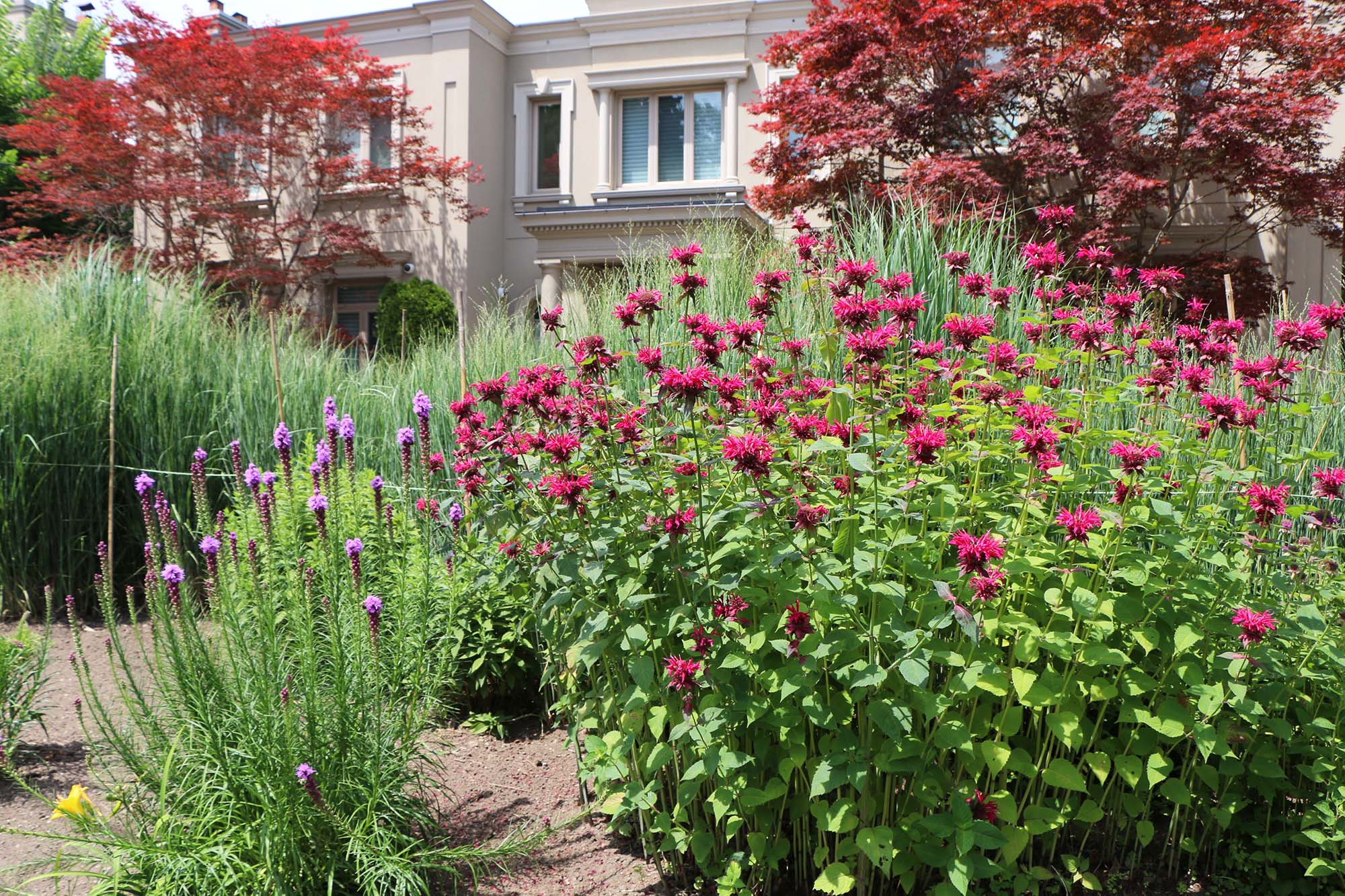
Remember that you’re not alone
Pouring your love and care into a garden or green space only to have your efforts looked down upon and threatened by neighbours and a bylaw officer can be a crushing and saddening experience. That’s why it’s important to remember that your efforts are appreciated – not just by the birds and the butterflies who may find refuge in your garden, but also by your local naturalist societies and other conservationists, not to mention the neighbours that have been quietly enjoying your naturalized yard.
On your rewilding journey, it can be helpful to find like-minded individuals and groups in your community so you can support and learn from each other. Search on Google and Facebook for local native plant gardening groups, naturalist societies and environmental organizations with biodiversity on their agenda.
“People should feel empowered and supported,” says Lister. “They should feel that they have agency in a time of climate change and biodiversity loss. That agency begins with your hands in the dirt, doing something good for nature outside your doorstep. And there are many organizations that will provide the knowledge for you to do that.”
Every municipality has its own bylaw code, and every country has its own systems of managing personal property. Moreover, every individual will have their own experience of bringing their green spaces to life, with or without having to confront the system. If you have your own story to share, or advice for others, please share it in the comments!
Main photo: A monarch butterfly on aster flowers in Wasaga Beach, Ontario. Photo: James Wheeler.


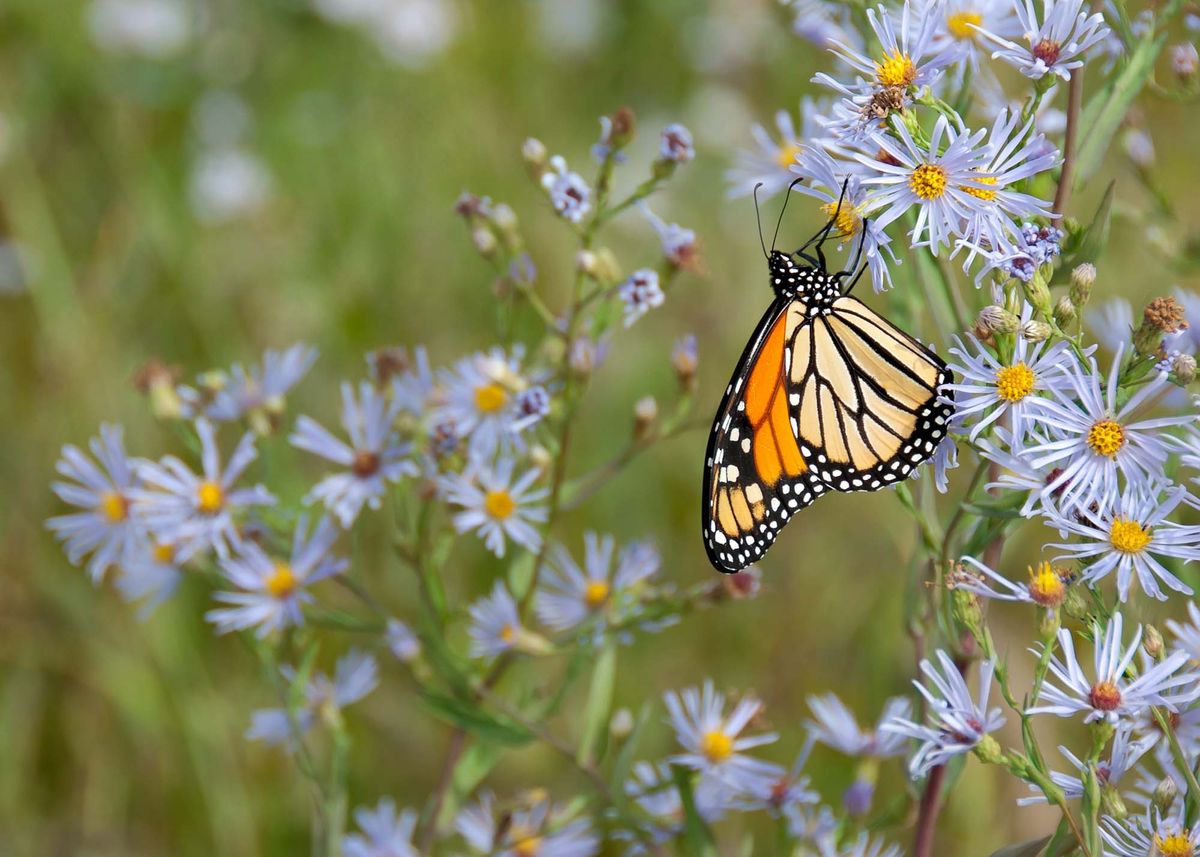
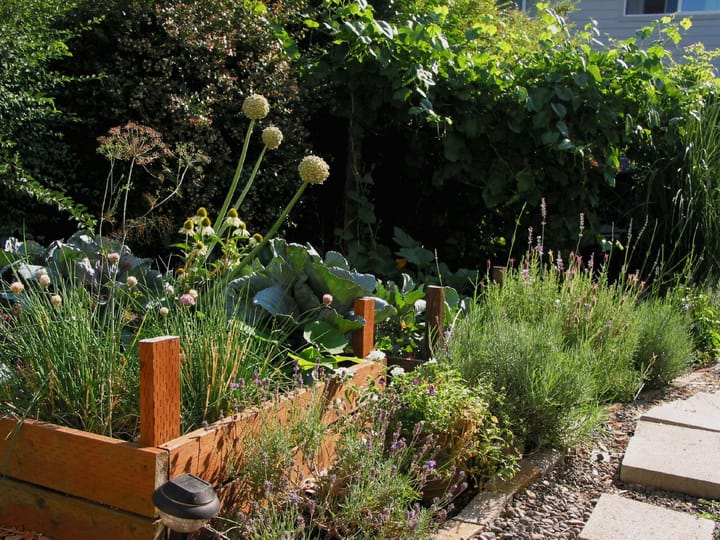


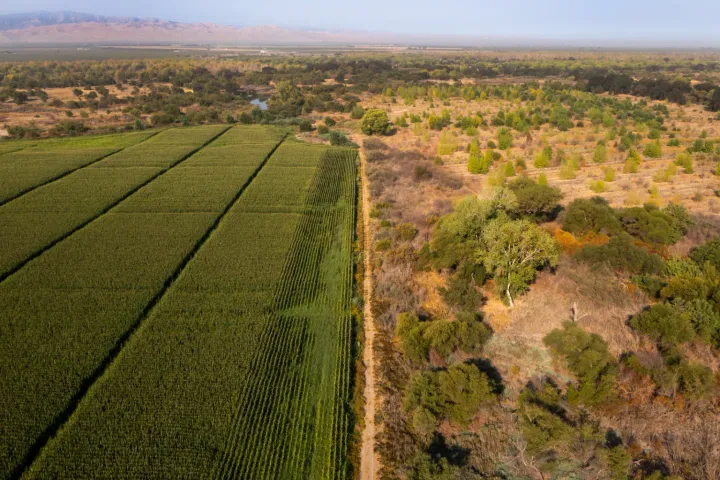
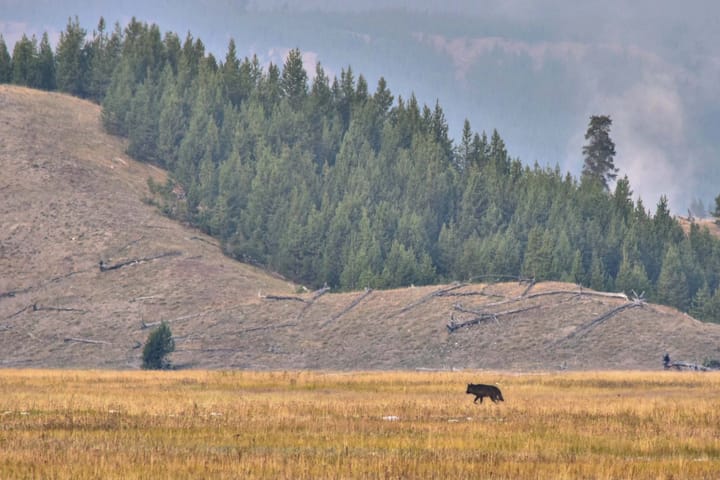

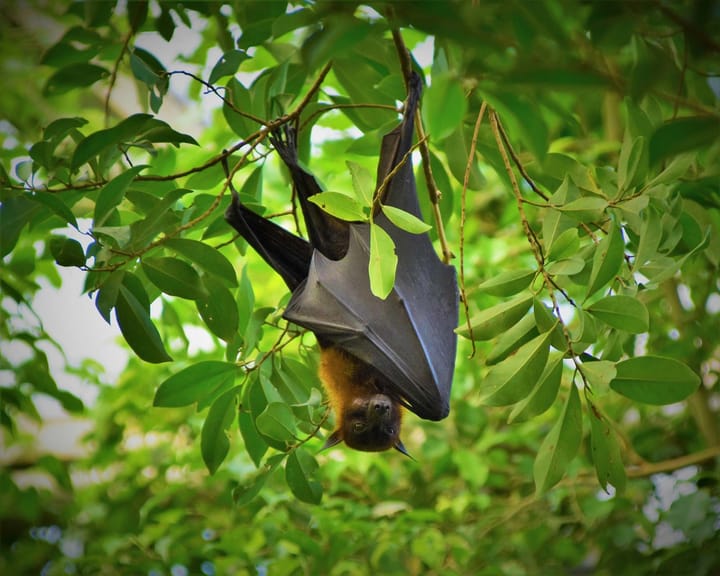
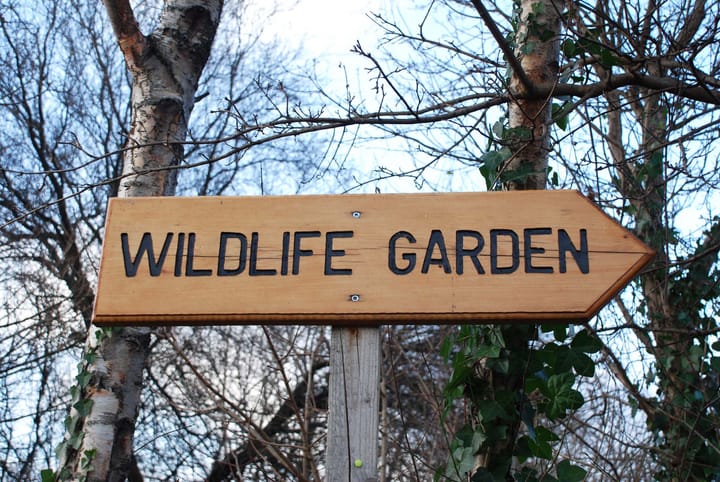
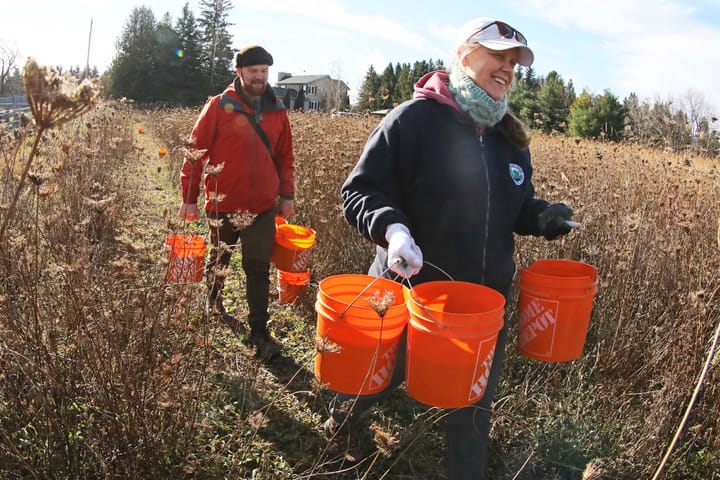

Comments ()